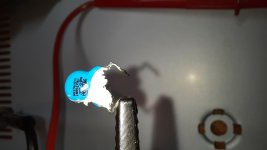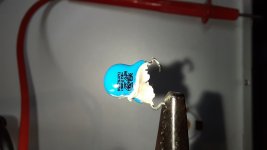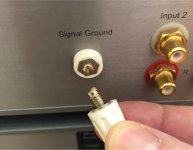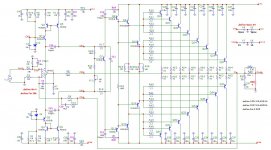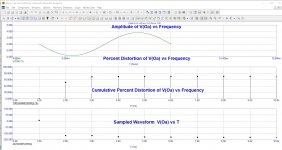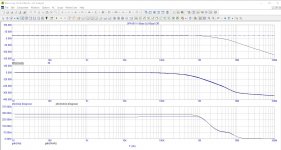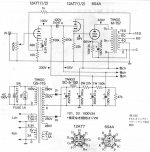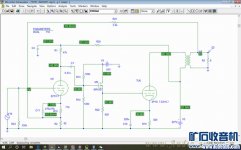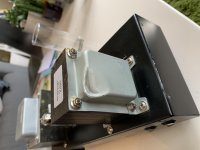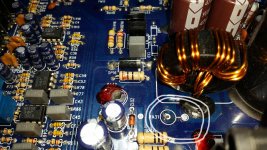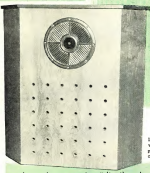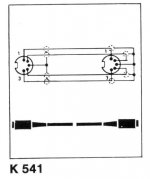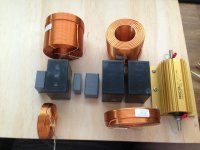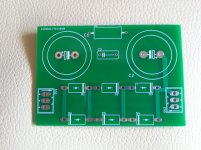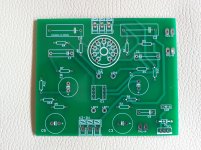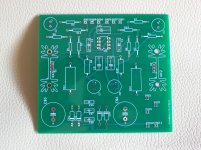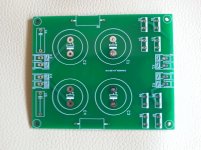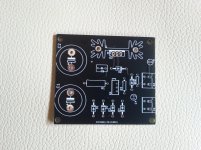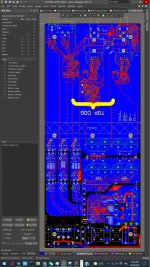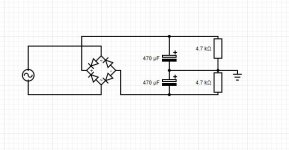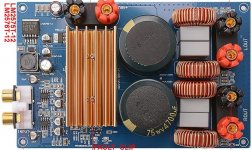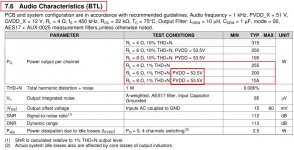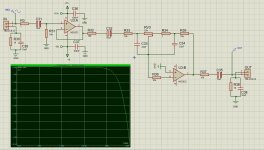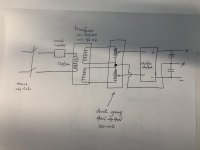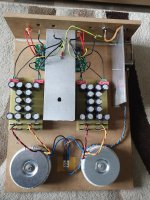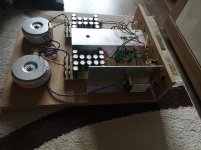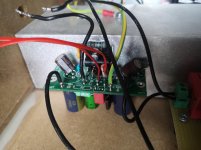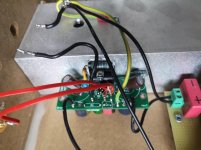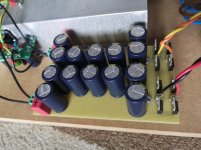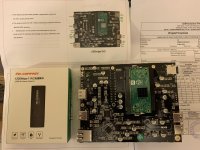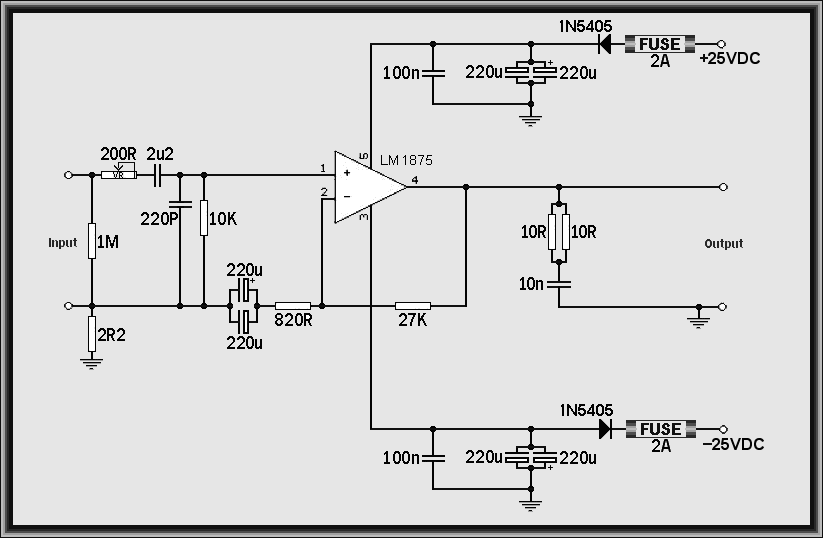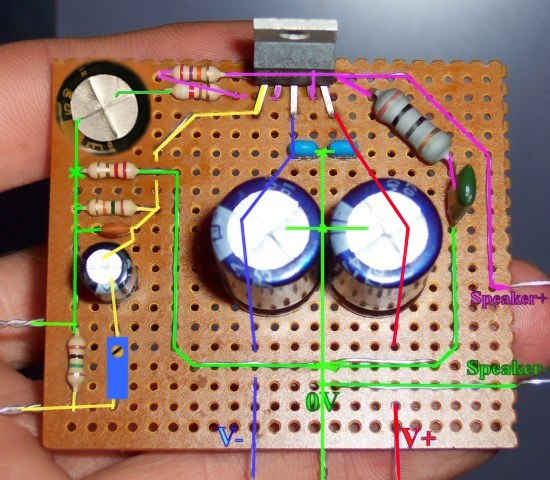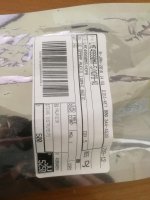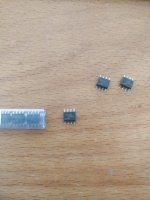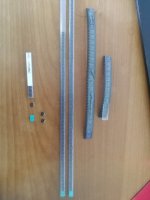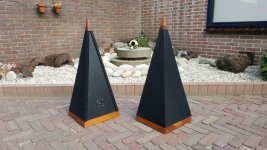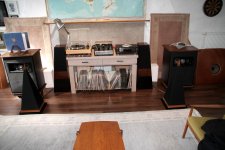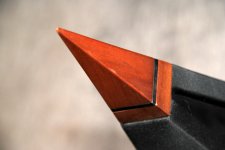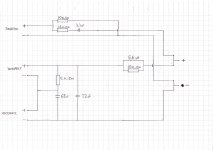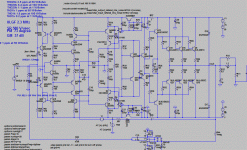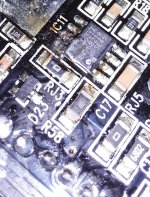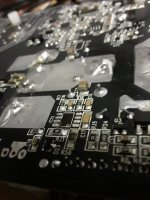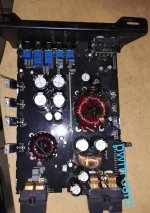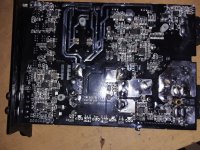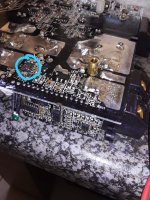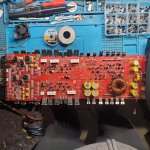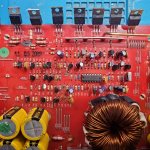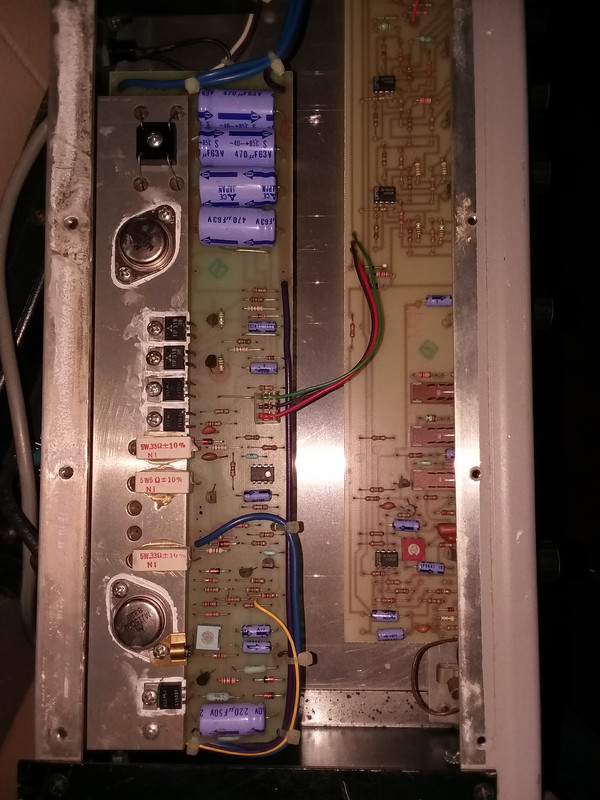If you don't feel like searching the thread..
PiDSP is on GitHub:
Sourcefiles[/QUOTE]
There is also manual:
PiDSP manual
Final(hopefully
😀) version is under way. You can watch the progress in development branch in Git repo.
I'm also pondering about having a batch of PiDSP boards profesionality made.
If you are interested, drop me a PM.
----------------------------------------------------------
----------------------------------------------------------
Hello everybody
🙂,
few weeks ago I've discovered the freedsp project and found it to be very interesting... but the ADAU1452 seems so much more potent dsp.
So I got in touch with the creators and joined the team with focus on new version with ADAU1452. I've been pondering about it for some time now, reading datasheets, researching, playing with possibilities etc.
Now it's time to open development thread and ask you about your opinion, feedback, and ideas, so we can make the next version as good as we can.
Flood of questions and ideas follows..
The general idea:
DSP, DAC, PSU - each on its own separate board, connected via wires, maybe backplane. ADC is not in my scope at this moment
PCB width 100mm - enclosures available, length 80mm(half eurocard) or 100mm, we will see.
Smaller builds could fit into extruded enclosure (hammond,fischer), bigger in rack
PSU board:
talema 70000K +- 15v for opamps and 48V(via voltage doubler) for phantom - no reason not to add it. will be useful with possible ADC board
Another transformer for digital part, maybe with double secondary - second winding for analog circuitry - PLL, DAC ref. etc.
I haven't made my mind about it yet. Any suggestions?
DAC
Stacked TRS 6,3mm - only way to fit 8ch to 100mm wide PCB, 8ch - why not 4x2ch? Big, expensive, I'd like the project to be accessible, and I like KISS principle. I've narrowed down DAC choices to following:
PCM1690 - cheap, available, even got samples somewhere...
AK4358 - comparable with PCM, number-wise
dual AK4413EQ, higher performing pin compatible alternative available AK4414EQ - really nice spec.
AK4458 - new part, isn't available yet, would be nice to use new stuff in the design though. I'll try to get samples.
Opinions (and experiences) about/with DAC chips highly welcomed. My life is too short to try everyone of them, so in the end I'll just pick one and go with it,If you have something to say about them, please do.
Why no ESS stuff? I'd like you to be able to buy all necessary parts at usual outfits (digikey,farnell,mouser...).
Yes, you can buy Sabre in single qty, no problem, but the shipping is prohibitive. And world is full of sabre dacs.
DSP board.
All IO should be brought out. Clocks on UFL connectors, others on 2.54 headers, signal/ground, signal/ground... SPDIF on BNC.
We could add MCLK input, its just a few additional parts and might be useful for some.
Number of I2s lines is limited, 4in, 4out more channels is accessible via TDM. I'm considering providing isolation on I2S lines, so you could use the board directly with BBB as a source.
Would be nice if one could plug BBB directly into the board - you even could program the dsp with it.
I believe it's enough for a first post. Opinions, advices, questions?
At this point it's just bunch of ideas, in the end it could be single board with XLR outputs.... Nothing is set yet... well probably DSP, oscillator, and LDO for PLL are set
😀 ... What I meant is if you think that single board(or XLR, or DAC XYZ) solution is better, say it and add why you think so
😉
Thanks for reading
Pitrsek
P.S.
😛lease feel free to notify my about my spelling/grammar mistakes via PM.TY.


